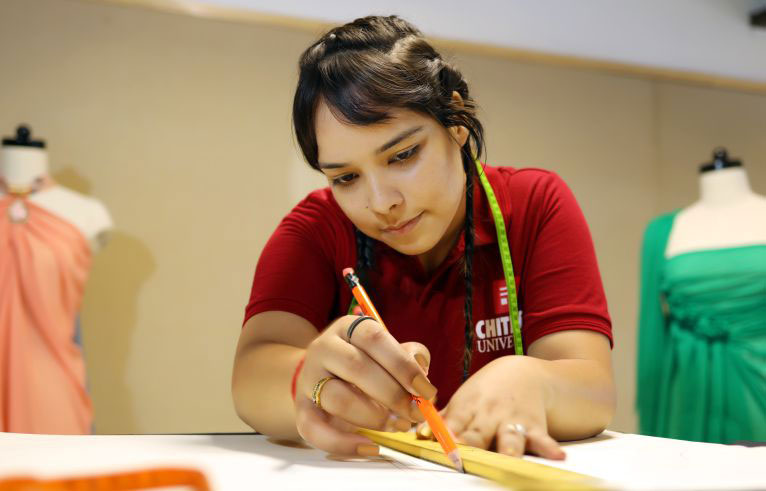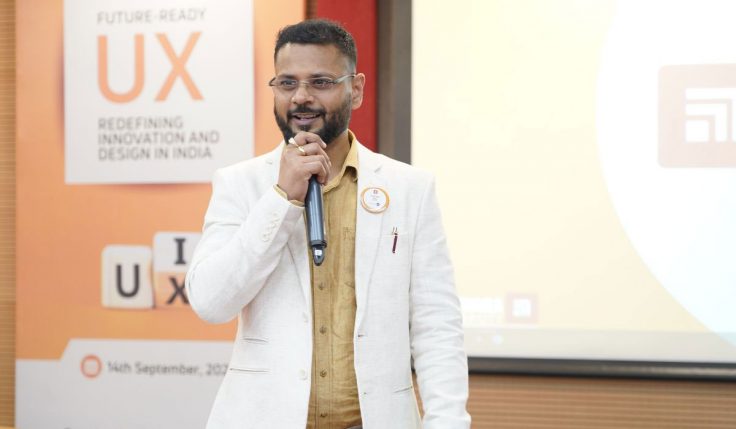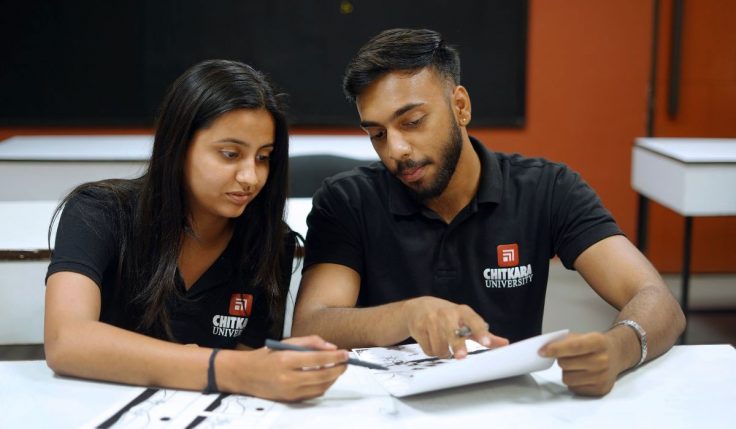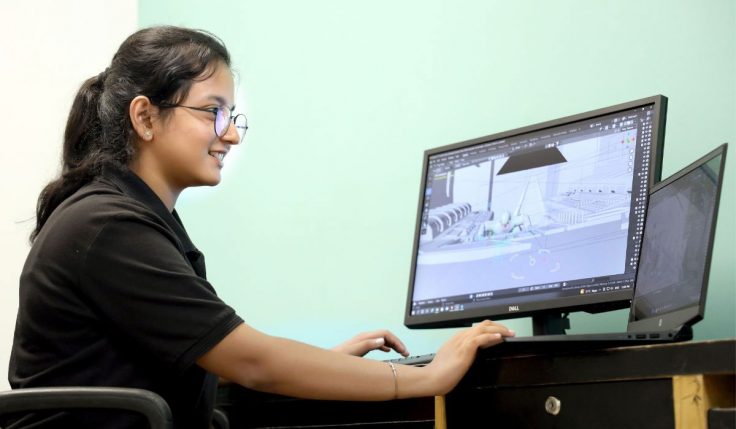In our digitally driven life, technology is reshaping the world of fashion. We have it all from artificial intelligence algorithms that forecast styles and trends, virtual reality rooms that act as mirrors of your dressing room, robots that tailor-make your clothes to fashionable accessories that maintain your body temperature, check your heartbeat and relax your muscles, innovative methods that reduce fabric wastage and burden on resources. In fact, fashion has always been at the centre of innovation—from the invention of the sewing machine to the rise of e-commerce. Like tech, fashion is forward-looking and cyclical.
According to CB Insights’ Industry Analyst Consensus, the fashion industry is one of the largest industries in the world, with an estimated worth of more than $3T by the end of the decade.
Also Read: Ai Transformation In Education-Introduction
Today, fashion technology is growing at a lightning pace, undergoing massive transformations from design to manufacturing to production and distribution. Google is leading the clout as it tested user-driven AI fashion design with Project Muze, an experiment deployed in partnership with Zalandon, a Germany based fashion platform in the year 2016. Project Muze made use of an algorithm to create designs based on users’ interests and aligned them with the style preferences recognised by the network. Similarly, Amazon’s project was spearheaded by Israel-based researchers where machine learning was used to assess whether an item is “stylish” or not. Another one out of Amazon’s Lab126 R&D arm in California employs images to understand a specific fashion style and then create similar images from scratch. Taking this concept of fast fashion forward, Amazon patented a manufacturing system to enable on-demand apparel-making in 2017. Algorithmic Couture is an innovative AI-driven design project which creates customised clothing from Tokyo-based design consultancy firm Synflux.
From 3D, a 360-degree shopping experience on websites, apps, and social media, to rendering real clothing virtually in 3D and tailor-fitting them into digital models, companies like Obsess and Avamtric are making the most of AR and VR technology.
Also Read: Artificial Intelligence: Empowering Today And Tomorrow
Smart clothes are in trend these days. This includes wearable technology like health-driven designs like yoga pants and Nadi X with built-in sensors to correct the users’ posture, exciting IoT innovations like Hexoskin to track heart rate and temperature, and socks (from the same platform) that count steps, calories, and other data. Technology has turned the fashion industry into a fast-moving, mass-producing giant. Fast fashion is instant gratification.
However, we cannot ignore the fact that the fashion industry is one of the world’s largest pollutants, putting an unsustainable strain on limited resources, wasting them, and continually adding to landfills. Every year, half a million tonnes of microfibers from clothing slip into our oceans, according to a report published by the Ellen MacArthur Foundation in 2017. Climate change, the COVID issue, growing environmental consciousness, and demand for sustainable and eco-friendly products have shifted the fashion industry’s focus to designing responsibly and conscientiously.
To promote transparency, technology is being used to create blockchain-based supply chains. To cut costs and waste, fashion manufacturers are using 3D printing, tracking trends in real time, and custom fitting clothing digitally. (Virtusize and True Fit are two examples.) Experiments are being conducted with plant-based fabrics and bacterial dyes. Bolt Threads and EntoGenetics are pioneering with super-strong spider silk, where firms like Modern Meadow are creating lab-grown leather without harming animals.
Also Read: Artificial Intelligence: Redesigning Design?
The strain that fashion places on environment is unbelievable. Punjab, for example, is one of India’s top cotton growers. Pesticide used for cotton production has been connected to an increase in jaundice, skin pigmentation disorders, malignancies, and even births and other congenital anomalies in the region. Every year, around 12.8 million tonnes of clothing are discarded in landfills. Up to ten percent of global CO2 emissions, twenty percent of industrial waste, twenty-four percent of insecticides, and eleven percent of pesticides are attributed to the fashion sector.
However, culture is changing. Kering, Patagonia, and Prana are among the companies investing in regenerative farming to protect soil and biodiversity. Upcycleluxe aspires to create a conscientious, authentic, and ethical community of curated home-grown fashion manufacturers by alerting customers about their environmental impact when they buy a product through an integrated science-based sustainable target solution. Using technological developments, brands are also transforming food waste into sustainable fabrics and leathers.
Technology has the potential to change the way we choose, shop, consume, feel and think. These elements are now being extended to people with disabilities, increasing their fashionable options. Sample this: A 3D printed garment that is customised as per a person’s unique shape, or fashionable jewellery that allows the hearing impaired to visualise sounds. Nike made headlines with its first-ever hands-free sneaker, called the Go FLyEase. Cumbersome velcro, zips, and ties are out. The new designs are swift and easy. If Ontenna, from Japan, converts sound information into light and vibration, the Dutch designer Pauline Van Dongen’s Vigour Sweater uses stretch sensors made out of conductive yarn that gather information on a person’s movements, which is then used to track the exercise and activity levels of people who cannot easily track them on their own.
This is a time when more shoppers are looking for ethical and sustainable products and for a smart, wearable wardrobe, and the fashion industry is moving towards it.






